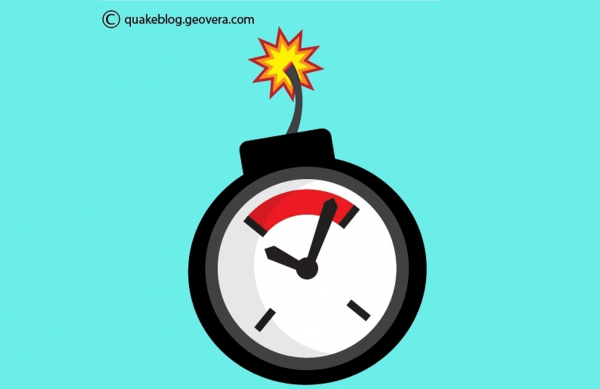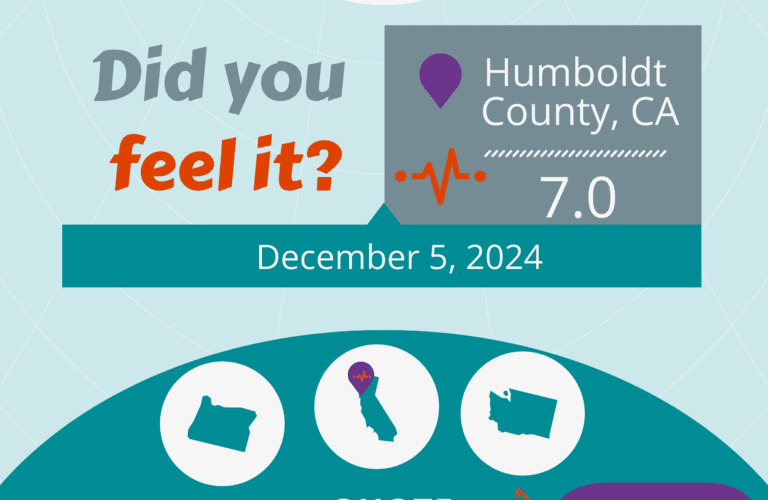Sometimes, it’s hard to imagine what a colossal earthquake can do. Sure, there are plenty of creative interpretations in literature and cinema. What would a mega-quake do for a modern-day California city like Los Angeles?
The results would be catastrophic. It may not be what we see in the movies, but the reality would be heart-wrenching to consider.
Modern-Day Mega-Quakes of 2017
For a modern-day example, all we need to do is to review the 2017 year of natural disasters that plagued the world.
The most significant earthquakes of last year were the 8.2 magnitude and 7.1 magnitude Mexico quakes Opens a new window and the 7.3 Iran-Iraq quake Opens a new window. The three earthquakes leveled buildings and resulted in a staggering number of deaths. The deadliest quake of 2017, resulting in 1,232 deaths, was the Iran-Iraq earthquake.
On September 7th, 2017, the 8.2 magnitude Mexico earthquake struck off the southern coast. It was the largest to strike the country in almost a century. Another 7.1 magnitude earthquake happened 11 days after the first 8.2 magnitude quake. The 7.1 magnitude quake was closer to Mexico City. Hundreds more perished in the second quake. Similar to California and the Pacific Northwest, Mexico has its fair share of seismic activity that has caused horrific damage and injury. This massive earthquake was a terrible reminder that big quakes don’t come often, but they can happen with devastating impact.
The Mega-Quake of the Future
Scientists have said that Southern California could experience a similar earthquake as massive as 7 to 8 magnitude. Because the last mega-quake was in 1857, it’s only a matter of time before the next quake ruptures the San Andreas fault. The USGS predicts that the San Andreas Fault has a 22% chance of a 6.7 or greater magnitude earthquake by 2043 Opens a new window.
Imagine that every city in Southern California from Palm Springs to San Luis Obispo is damaged or completely destroyed. The experience of an 8-magnitude quake is only imaginable, but not outside the realm of possibilities considering the area’s last mega-quake in 1857 Opens a new window reached an estimated 7.8 magnitude tremor. Of course, that was when the cities were not the developed metropolises of today.
How would a Southern California Mega-Quake be different?

The shaking would be more intense.
The 8.2 Mexico quake struck under the ocean and in a sparsely populated area. People in inland cities did not experience the full force of the “violent” shaking that the 8-magnitude quake unleashed. If the San Andreas fault ruptured at a similar magnitude, the shaking could start at the Salton Sea and run north to Monterey County. A San Andreas Fault earthquake would be much shallower and run right through counties like Riverside, San Bernardino, and Los Angeles. The fault is, after all, only 30 miles away from downtown Los Angeles.
To get a better idea of the comparison between the Mexico earthquake and how it would feel in Los Angeles, the Northridge earthquake of 1994 Opens a new window is the best example of how a shallow and powerful quake could shake a neighborhood. The 2017 Mexico quakes registered higher magnitudes, but the shallowness and closeness of the Northridge quake make the two events similar in their perceived intensity for residents.
All in all, an 8-magnitude earthquake in Los Angeles would feel more intense than both the 2017 Mexico earthquakes and the 1994 Northridge quake.
The initial impact and resulting damage would create a higher death toll.
The USGS performed a study in 2008 to understand how deadly an earthquake of this size and location would be. This study was called the ShakeOut Scenario Opens a new window. This study estimated that as many as 1,800 people could perish from the combined initial shock and resulting infrastructure damage. It would rank as one of the worst natural disasters in United States history. Of that 1,800, half of the death toll would result from fires. Los Angeles County would have the largest number of casualties, and 50,000 more people would be injured.
A mega-quake would isolate Southern California.
First of all, the Southern California region is surrounded by mountains and earthquake faults. The network of dangerous terrain and crisscrossed fault lines would make evacuation extremely difficult. A mega-quake would damage major roadways to the east that cross the San Andreas fault. A vehicle would not be able to navigate these damaged roads.
Secondly, the area would lose 88% of its water supply from damaged aqueducts crossing the fault. Pipelines carrying natural gas and gasoline would break which would provide the perfect fuel for explosions after a spark. The smaller fires would merge into larger fires. First responders wouldn’t have the water supply to extinguish the infernos.
Larger buildings or older buildings may completely collapse and leave great numbers of people without housing. A recent study found that as many as 1,000,000 people could be displaced by a mega-quake Opens a new window, and there would be no solution to house all of these victims.
Most of the western United States would lose access to power for several days. Surrounding areas may have power restored, but the infrastructure damage would make it difficult to make quick repairs. Overall, you’ve got a pretty poor combination of limited access to solutions, resources, and outside help.



